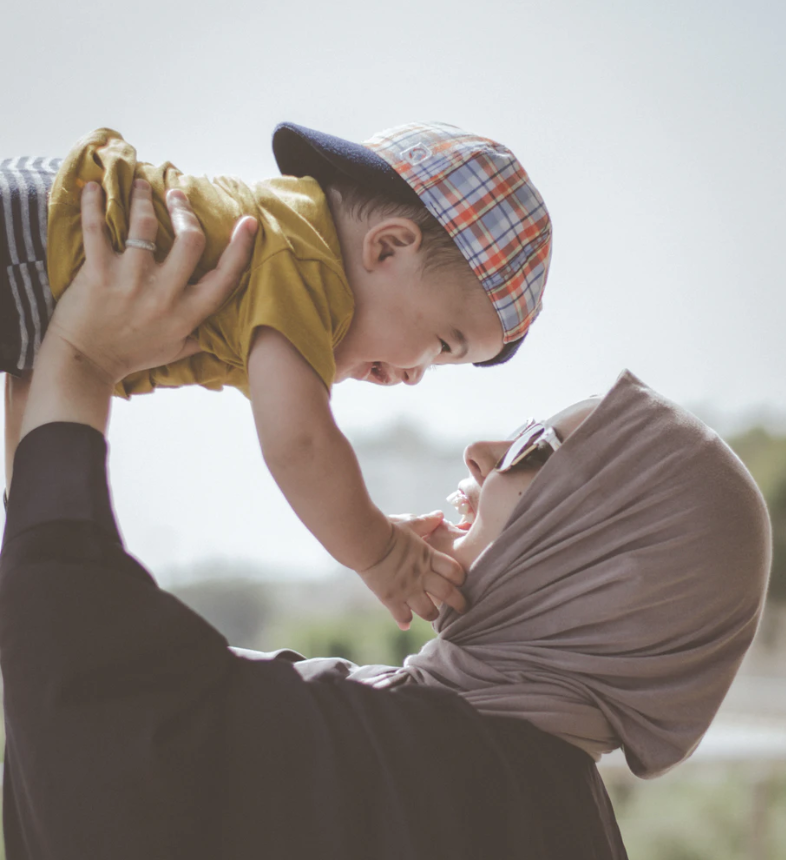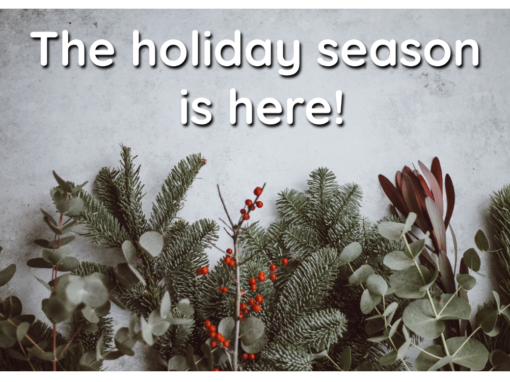Entering 2020, we’ve got plenty as a global society to be concerned about. Political policy, socioeconomic divide, environmental concerns and so on. Now’s a time to dig deep and do the work and try, as we might, to stay positive and forward thinking.
To that note, we should mention some of the huge strides made collectively within our human community. Larger conversations and deeper understanding of multicultural issues is on the rise, movements like #metoo and #blacklivesmatter have thrust important topics into general consciousness and LGBTQ rights have become a touchstone of the dialogue impacting national debate.
Our society is having larger conversations about inclusivity and representation (yay!) and often the absolute best and most necessary place for these conversations to begin is at home with our own kids. Approaching these topics isn’t always front of mind or easy to do with regards to our little ones, but it’s incredibly important.
In my own personal experience, as a teacher, a mother and the founder of childcare-based marketplace, one truth seems evident: kids want to categorize things. As children learn and grow, they are constantly receiving information about the world around them and determining, even from an incredibly young age, what categories these things fit into. What is this and what it is that and why and why and why?…Kids wanna know….everything.
There is a notion, well-intentioned but flawed, about being “color-blind” or perhaps not distinguishing or discussing differing gender identity, sexual preferences, or cultural differences to name a few, in an effort not to draw attention to these “differences” because it “doesn’t matter” in the scope of who people are as human beings. While the sentiment is understandable, it simply doesn’t fly with a toddler or adolescent. My hunch is your child will pelt you questions about why you look different if you swap out a new lip-stick shade or cut your hair, so you better believe they are actively seeking information on why someone’s skin looks different or a friend may have two dads. Leaving these questions to linger unanswered in the ether is problematic in what could potentially fill this void of information. It can also send a message to your child that these “taboo” subjects are taboo for a reason. By addressing these differences head on, however, we create an opportunity to acknowledge and celebrate our fab differences within one human culture.
I consider myself a pretty woke mama and my 4-year old daughter and I have definitely had conversations about race and how everyone can look so amazingly different and that it’s incredibly cool because it’s usually based on where their family members lived long ago, and so on. She’s aware of family friends who have significant others of the same sex. I assume at first blush that my kid is on the right track to empathy, openness and understanding.
When I actually stop to think about it though, we have for sure not had enough of these conversations. Not by a long shot. Recently a friend of mine relayed a rough experience in which a child spent an exorbitant amount of time gasping at her skin color, her hair texture, and the shape of her nose. Eventually marveling over these differences gave way to hurtful jokes. As this was a child, and deserving of the most gigantic grain of salt, my friend moved through this moment with all the grace and patience in the world. But it still made her feel uncomfortable. Beyond uncomfortable. It made her feel straight up bad. This moment proved a lack of conversation was doing my friend and this kid a disservice all the way around.
After she told me this my immediate thought was “Holy hell – when was the last time I brought something like this up to my daughter?” It had been a minute to say the least. It was an immediate reminder to continue this dialogue with my daughter because the truth of the matter is, unless we are actively creating opportunities to talk about these things it very often won’t happen. It’s not for lack of awareness in our adult selves, or poor parenting, but translating our positive understanding of people’s unique differences to our kids does not happen by osmosis alone.
Take stock, for a moment, of how often your kids interact with or are made aware of a broader community outside of their own. How often do they see people who are different and what is that context? It matters.
Look for ways to incorporate different communities into your home. The last time I checked, I had an embarrassing lack of diversity amongst the characters in my kid’s book selection for example. Just talking animals and white people as far as the eye could see. That’s an easy fix. There’s also only so many times we can watch Frozen until I start to realize we need to broaden our scope of princess movies beyond the obvious to infuse some differing faces into our line up of archetypal icons and heroes.
Whenever you can, celebrate a moment of diversity and give vernacular to it. A good friend and his boyfriend got engaged last year and that wedding was all we talked about. Right now, my daughter is desperate to understand boys vs girls. She consistently rebukes any statement I make about “boys can wear dresses too” or that girls “can play football”. I can see that her brain needs to delineate this information into a super simplistic form and categorize it, neatly and in a black and white. I’m meeting her where she is at and not pushing too hard, but I’m aware of it, and finding moments to explore it.
Let’s all be aware and explore it. We can only benefit from consistently thinking of communities and cultures outside our own and our kids can only benefit from being made aware of people different than themselves in an incredibly thoughtful and positive light. We are all exactly the same in that we are all so different. And that will always be a beautiful thing.
Erin McConaghy, Co-Founder CuratedCare.Com




